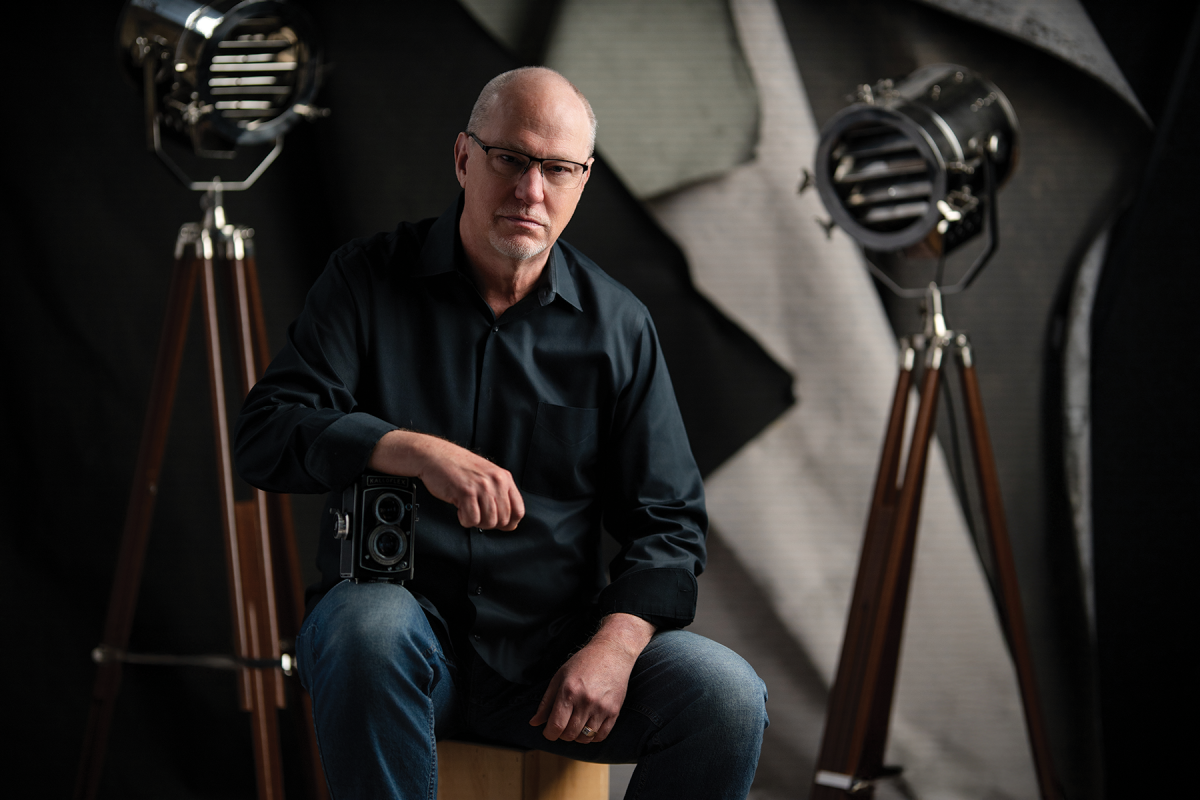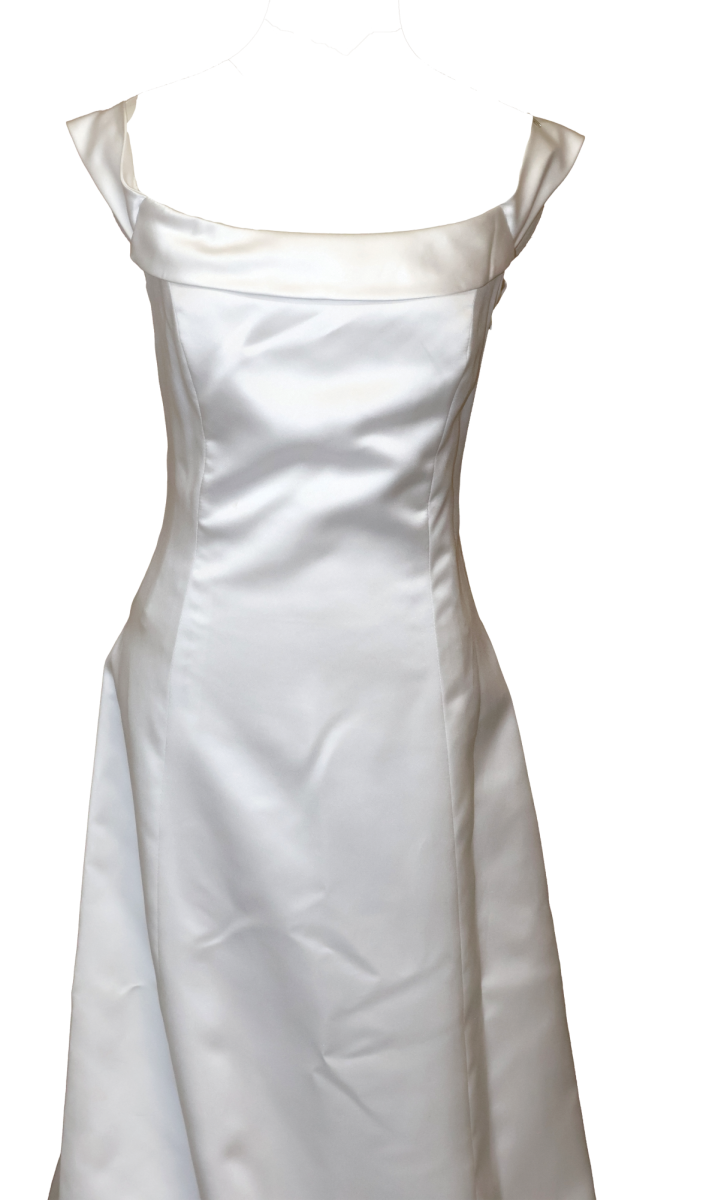In the fall of 1970, 16 years after Brown v. Board of Education was enacted, Valencia Mack, now Valencia Yarbrough, enrolled at Hockaday for the sixth grade. She later became one of the first three Black Hockaday alumnae.
In early 1970, a friend of Yarbrough’s mother shared a newspaper ad for Hockaday admissions. With that encouragement, Yarbrough applied and was accepted to Hockaday.
In addition, Yarbrough’s friend Josette Kirven, a black student attending Hockaday, who made Yarbrough’s goals seem achievable.
“Maybe because Jossette was at Hockaday it didn’t seem like an impossible dream,” Yarbrough said.
Yarbrough’s great aunt, “Aunt Teema,” worked at Hockaday in the 40s in the housekeeping department.
When Yarbrough came to Hockaday in 1970, there were two other black students, Kirven in third grade who enrolled in 1968 and Gina Lackey, who attended ninth grade. Lackey later left Hockaday to attend public school.
At Hockaday, Yarbrough enjoyed her hands-on experiences in her science classes. She said she most enjoyed experimenting with circuits and raising rabbits.
“We did so many things that were so exciting to me as a student,” Yarbrough said. “It was different from my previous experience at the public school I attended.”
In addition to her science classes, Yarbrough enjoyed being around like-minded people who shared her love for learning.
“I am grateful to have been admitted to a school where being smart was valued as a priority and where my friends and I shared a love for reading, exploring, learning, and challenging ourselves and one another,” she said “That like mindedness is what continues to bring us together 46 years after graduation and allows us to participate in race-focused and gender-focused workshops and discussions on Zoom, which we started during the pandemic.”
One thing that Yarbrough found challenging was her 30-minute commute from her home in Oak Cliff. With the distance between school and home, she said she found it hard to engage in extracurricular activities.
“I felt because of the drive that I could not fully participate in extracurriculars like I wanted because my parents would have to pick me up later and wait longer and make more trips to Hockaday, but I don’t think they would have minded,” Yarbrough said.
Yarbrough grew up in a middle-class black community filled with black professionals including doctors, lawyers and teachers. However, after seeing the large North Dallas homes of some her classmates, she didn’t want to invite anyone to her house.
“I felt I could not invite them to my two-bedroom house,” she said. “I was a junior before I invited anyone to my home.”
Yarbrough invited her friend in the boarding department, Jennifer, to spend the night.
“I got to know her outside of the school world,” Yarbrough said. “I felt like it was okay to let her get to know more of me.”
After Yarbrough’s graduation in 1977, she attended Stanford University. From what she remembers there was about 1,500 students in her freshman class at Stanford and only 77 women in the 1977 class. The big class was different from her experience at Hockaday.
One thing that was similar to Hockaday was the presence of different cultures.
“At Hockaday, I met students from all over the globe,” Yarbrough said. “I felt like Hockaday was a very multicultural environment and my freshman dorm at Stanford was the same.”
In 1994, Yarbrough was interested in coming back to Hockaday to be a teacher, however the timing did not work out, so she took a job at St. Mark’s teaching first grade. Yarbrough is still in contact with many of her Marksmen students.
“I attended a senior exhibition last week of one of my former first grade students,” she said. “I want to let them know that I’m still in their ‘village.’”
Yarbrough spent 19 years at St. Mark’s and then relocated to California.
In 2017, she and her husband moved back to Dallas, and she joined the Hockaday faculty. Yarbrough did not feel like a newcomer, however, because she served on the Alumnae Board and attended reunions.
Yarbrough is proud of the growth of the Black community at Hockaday.
“When there are 12 Black students ranging from Pre-K to 12th grade, there were not a lot of opportunities for interaction,” Yarbrough said. “I think now that there are more Black students, there are more opportunities for girls to get to know one another.”
Yarbrough not only sees more Black students, but more Black faculty, especially in Lower School.
“I think it is wonderful that we have such wonderful representation of black teachers in Lower School,” she said. “I hope that representation can grow in other divisions as well.”
Yarbrough is also happy to see the “wonderfully diverse collection of books” in the Hockaday libraries and classrooms.
The Class of 1977 started an endowment fund to increase the selection of African American books in the library.
“When I walk into the library every day, I see book covers of children and adult books of those who look like me,” Yarbrough said. “I wish that had been the case when I was a student, but those books were not being published then.”
Black Voices in Upper School
A discussion with Black Student Union Co-presidents
When you came to Hockaday, what was your first impression of the black community?
-
- Alyssa Anderson, Form IV: “I came to Hockaday my freshman year. I came from a school where I was one of the only black people in my grade. In elementary school I was the only black person in my grade and throughout middle school I was one of a few. So, coming to Hockaday it was nice to see an already built community of black people that I could instantly connect with.”
Why did you want to be BSU president?
-
- Alyssa: “I wanted to be able to continue fostering a welcoming community for Black students. I also wanted to be a part of the planning process and use my creative ideas to host events and activities where we as BSU could share our stories and opinions with the rest of the student body.”
- Amalia Evans, Form IV: “I wanted to be BSU president because I have seen the growth of the community throughout my years at Hockaday. Throughout these years I spent a lot of time trying to remember the ways in which the black community uplifted itself, so when I got into high school and joined BSU the black community felt so much stronger. I realized at this point the importance of upholding the strength of our family and once I got to my senior year, I wanted to implement my ideas and observations to BSU to maintain all the hard work our past presidents have worked for.”
What do you hope students learn from Black History Month?
-
- Alyssa: “I hope that other members of the Hockaday community can learn more about different important black figures throughout history that they may not have heard of before. I also hope that they can learn about different aspects of our culture and traditions through even just casual conversations.”
- Amalia: “I want students to not only know the lives and stories of the large-named activists, but also of the hundreds of people who have done something revolutionary to help get us to the place we are today. My true hope for what students get out of black history month is education and dedication to learn more.”
What is your favorite part of being black at Hockaday, if you have one?
-
- Alyssa: “My favorite part of being black at Hockaday is that I am able to share my voice in such a supportive community. Even though there are so many different types of people here, everyone is receptive to other’s perspectives which is something I think makes our school very unique. As a minority, I personally know what it is like to be judged or mistreated because of my skin tone. However, being in such a welcoming community like Hockaday, I am able to not only share these experiences, but also create change so that others like me won’t have to go through the same thing.”
- Amalia: “My favorite part is the community and everyone’s ability to come together and have a good time. The time for us, as black students, to laugh, rant, and share stories with is definitely my favorite part.”













